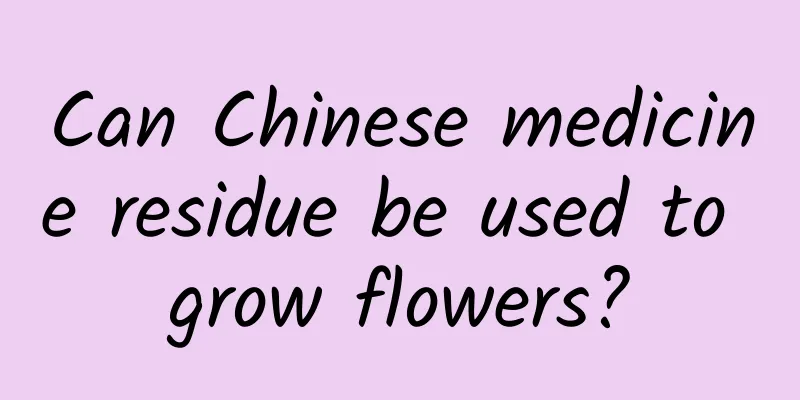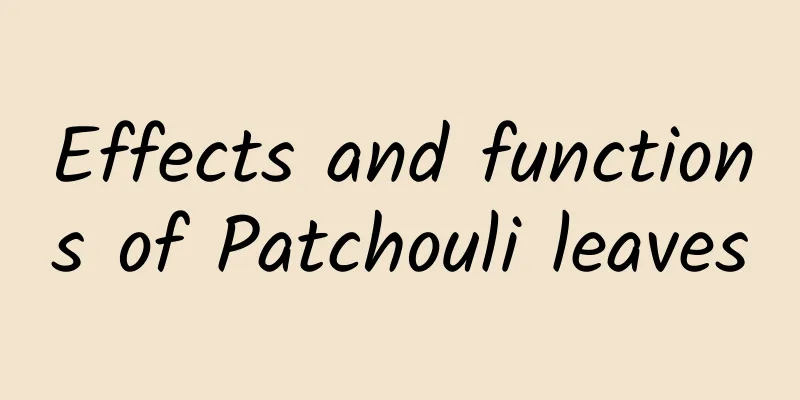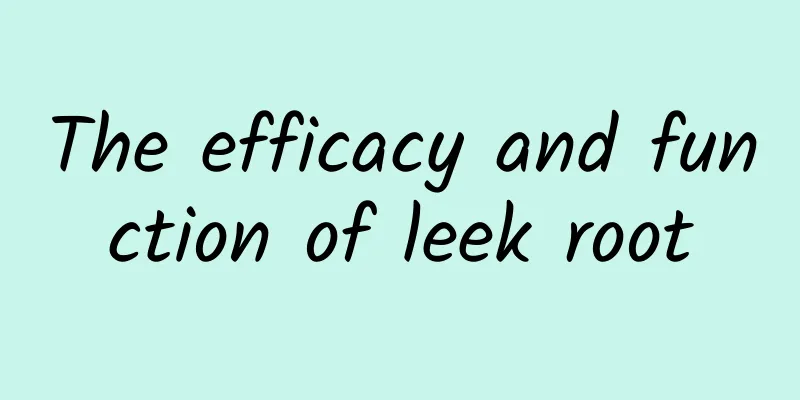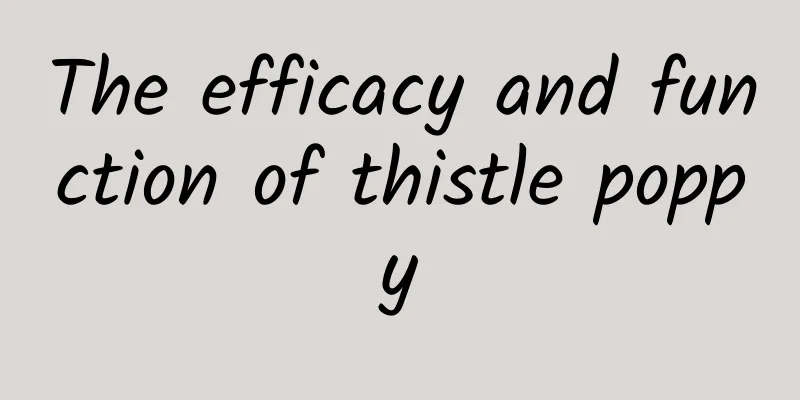Can Chinese medicine residue be used to grow flowers?

|
What are the dregs of decocted Chinese medicine used for? Maybe many of our friends throw the residue of traditional Chinese medicine into the trash can, but some residues of traditional Chinese medicine for treating orthopedic and gastrointestinal diseases are indeed "commodities". If you don't believe it, follow the discussion. Utilization of Chinese medicine residue waste is not a good idea There are relatively more medicinal residues that can be used in orthopedics, such as medicines for treating rheumatic diseases, joint pain, rheumatic bone disease, bone spurs, and heel pain, such as Stretch Marks, Herba Ligustici Urticae, Mori twigs, cinnamon twigs, roses, Sichuan papaya, and Sichuan Cyathula. External application of this medicine can promote blood circulation, remove blood stasis, dispel wind, dispel cold and remove dampness. Under the guidance of a doctor, oral administration plus external application can achieve twice the result with half the effort. Hot fumigation: Add water to the residue and boil it for 3-5 minutes. After leaving it for a while, add appropriate amount of pure grain wine and vinegar, and use the heat flow to fumigate the painful area. Hot compress: Add 2 taels of white wine and 2 taels of vinegar to the decocted medicinal residue, mix well and wrap with gauze. Pure grain wine can invigorate blood circulation and dredge meridians, while vinegar has the effect of applying to acupoints and can promote the digestion and absorption of therapeutic drugs. First put a layer of pure cotton towel on the face, and then use the residue wrapped in gauze to apply hot compress to the painful area of the face to prevent burns. Foot soaking: decoct the residue for another 3-5 minutes. You can add a handful of peppercorns and mugwort leaves and decoct together. After the water cools down, add pure grain wine, vinegar and edible salt. Traditional Chinese medicine believes that the kidney controls the waist and feet, and salty taste enters the kidney, which can lead the medicine into the kidney. Adding salt to the medicine residue and soaking the feet will have a better effect. The above method should be performed for 10 to 20 minutes at a time. Be careful to avoid scalding the skin, especially the water temperature should be appropriate for foot soaking. The foot soaking time should be appropriate according to your own condition. Pregnant women and the elderly are not suitable for long-term foot soaking. It should be noted that it is taboo to apply medicinal residues externally. External application is suitable for symptoms of yin deficiency and internal heat (such as joints are afraid of wind and cold, hands and feet are very easy to be cold in winter, cold air comes out of the back, loose stools, and clear and long urine). It is not recommended for real heat (such as local swelling, heat and pain, joint pain with fever, and redness of the skin); it cannot be used for people with water accumulation in the joints; it is not suitable for skin allergies and affected areas. |
<<: What is Chinese medicine residue?
>>: The efficacy and side effects of mint
Recommend
What are the properties of plantain?
When it comes to plantain, some of you may not kn...
The efficacy and function of old and young
As a traditional Chinese medicine, it has great m...
The efficacy and function of Pengyu Gills
What are the functions and effects of Pengyu Gill...
【Chinese Valentine's Day】Looking at the earth from space, the sea of stars, and the companionship
The Chinese Valentine's Day is here Starry Sk...
It turns out that you are this kind of hot pot: How does a self-heating hot pot “self-heat”?
Hotpot, as one of the traditional Chinese delicac...
A post-90s doctor discovered a new species! Named after this city
Recently, Huang Chao, a doctoral student born in ...
The efficacy and function of the half-pipe flag
There are so many medicinal herbs in the world, a...
Hotpot is delicious, but it can be very harmful to your stomach if you don’t eat it right!
Recently, whenever I pass by a hot pot restaurant...
Fruit: Why are flowers colorful, but I am so monotonous?
Produced by: Science Popularization China Author:...
The efficacy and function of Luan Osmanthus fragrans
As a traditional Chinese medicine, do you know th...
The risk of cancer is more than 10% higher, and it is even more serious for those with cardiovascular disease. Obese people should pay attention!
Only those who are losing weight can understand t...
The efficacy and function of catalpa ovata
There are so many medicinal herbs in the world, a...
Late-night blockbuster! Google releases the most powerful AI model Gemini, which "beats" GPT-4 in 30 benchmark tests
After much anticipation, Google's most antici...
If we live long enough, will everyone eventually develop Alzheimer's?
November 26, 1901, Frankfurt, Germany. A young cl...
Why is duck meat often mixed into mutton rolls? Here are some tips on how to identify adulterated mutton
If we were to select the "top streamers"...









